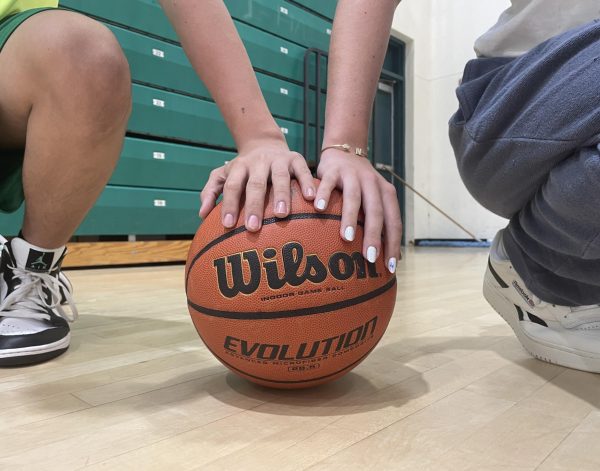Opinion: Should college admissions require the SAT?
Students begin taking the SAT and/or the ACT their junior year of high school. As a junior currently studying for the SAT, the stress that comes with the preparation raises the question as to why we even need to take the SAT or ACT to get into college.
Junior year has the reputation of being the hardest year of high school. The main focuses are GPAs, community service, leaderships, club activities, sport commitments and even part-time jobs–all of which leaves little time for students to study for the SAT. Without a perfect test score, everything else feels pointless.
Only 4% of colleges in the United States that use Common App for applications, require standardized tests. In Fla., 20 colleges and universities require the SAT including 13 public schools and seven private schools.
“Admissions tests, such as SAT, evaluate the reading, writing and math skills that you’ll need in college,” College Board said. “Some colleges use scores to place students in classes that are at the right level for them.”
In Fla., the Bright Futures Scholarship requires a minimum SAT score of 1330 and The Florida Medallion Scholars Program requires a minimum SAT score of 1210. Scholarships such as Bright Futures can help students pay for college by funding 100% of tuition at a public Florida university. Bright Futures can also be attained by completing the AICE Diploma for students that don’t want to rely on their SAT scores.
“There isn’t a consistent way to measure students against one another and everyone’s GPA differs from school to school based on teachers and available classes,” Connor Johnston, junior, said. “AP and AICE don’t apply to everyone, but everyone can take standardized tests as a benchmark to compare students because by junior year you’ve learned [the skills needed] and the tests are identical across all skill levels.”
The SAT is three hours and 15 minutes long and measures a student’s academics based on 52 reading questions, 44 writing and language questions and 58 math questions (calculator and non-calculator combined). Students get 154 questions to prove to colleges how well they can perform academically. For students who are bad test takers, this could affect their chances of getting into their preferred college.
As a bad test taker, the SAT is tedious and often leaves me doubting my intelligence. The math section of the SAT covers algebra, geometry and statistics.
Taking the SAT junior year leaves a gap of time between learning the material, which is typically during freshman or sophomore year, to taking the test late junior year, causing students to inevitably have to relearn the material.
As of 2021, over 1,700 four-year colleges and universities have gone test-optional. Bowdoin College, in Brunswick, Maine, was the first college to go test-optional and has been since 1969.
“Test-optional admissions also helps to level the playing field for students who can’t afford or lack access to tutoring and test prep classes,” University of Pittsburgh Admissions said. “Standardized tests alone do not fully reflect a student’s abilities, talents or potential.”
Some form of placement test should be required for students entering rigorous majors like Pre-Med, Engineering, Marine Science, etc. but those placement tests should cover material to align with those fields of studies.
“The SAT is an inaccurate way to measure a student’s learning ability or intelligence,” Olivia Mooney, junior, said. “I understand needing a placement test in order to get into Honor Colleges or Ivy Leagues, but if you’re trying to get into a university, I don’t see the need for the SAT. It just makes the college application process more stressful.”






